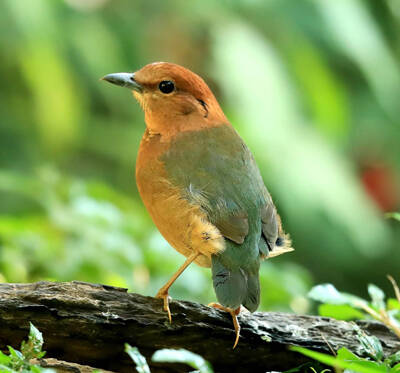
Pitta oatesi
Pitta oatesi,Rusty-naped Pitta,Guoba Que
The Rusty-naped Pitta is called Rusty-naped Pitta in English, and has 4 subs···
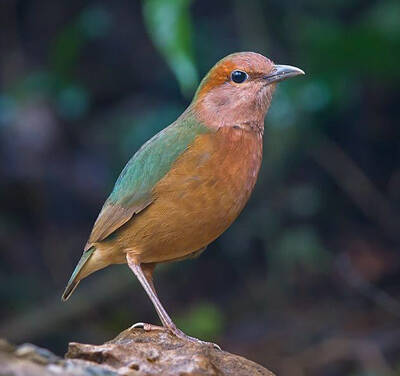
Pitta soror
Pitta soror,Blue-rumped Pitta
Blue-rumped Pitta, also known as Blue-rumped Pitta, has 5 subspecies.Blue-ru···
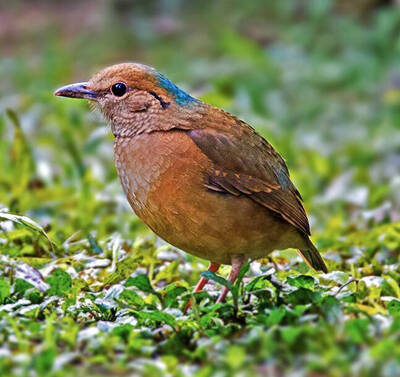
Pitta nipalensis
Pitta nipalensis,Blue-naped Pitta
Blue-naped Pitta, also known as Blue-naped Pitta, is a medium-sized bird of ···
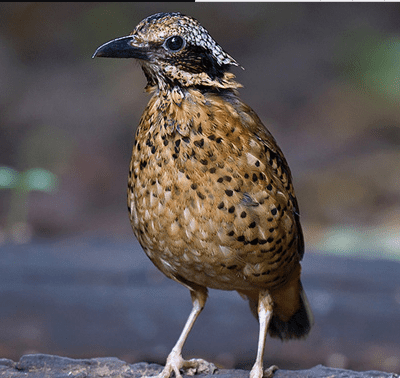
Pitta phayrei
Pitta phayrei,Eared Pitta,Magpie Yellow Oriole
Double-braided Pitta, with no subspecies.Double-braided Pitta forages in bam···
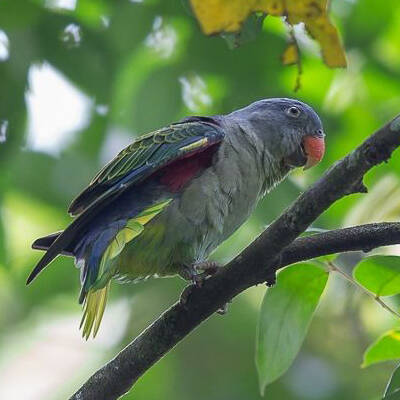
Psittinus cyanurus
Psittinus cyanurus,Blue-rumped Parrot
Blue-rumped Parrot, also known as Blue-rumped Parrot, is a small parrot and ···

Falco peregrinus
Falco peregrinus,Peregrine Falcon,Rosewood eagle, pigeon tiger, duck tiger, blue swallow
Peregrine falcon is called Peregrine Falcon in foreign language, and it has ···
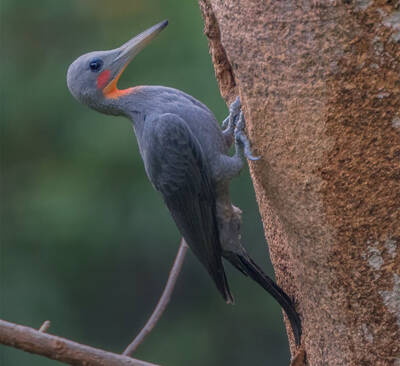
Great slaty woodpecker
Great slaty woodpecker,Mulleripicus pulverulentus
Great Slaty Woodpecker is a large gray woodpecker with two subspecies.Great ···
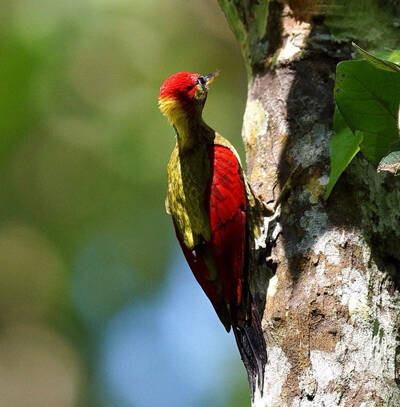
Picus rabieri
Picus rabieri,Red-collared woodpecker
Red-collared Woodpecker, no subspecies.Red-necked Woodpecker is a resident b···
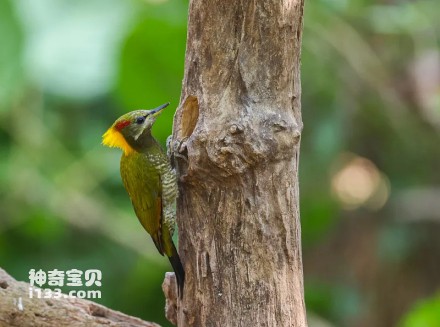
Picus chlorolophus
Picus chlorolophus,Lesser yellownape
The Yellow-crowned Woodpecker, also known as the Lesser Yellownape, is a sma···
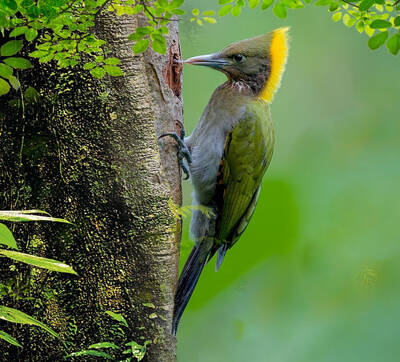
Picus flavinucha
Picus flavinucha,Greater yellownape
The Greater Yellownape is a larger green woodpecker. The difference between ···
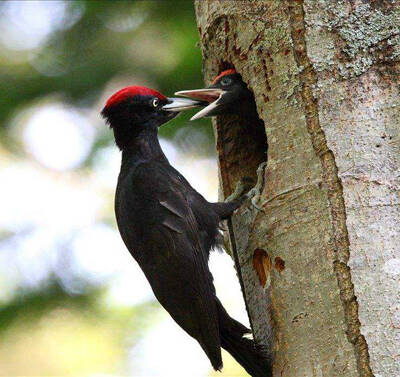
Dryocopus martius
Dryocopus martius,Black Woodpecker
The black woodpecker is called Black Woodpecker in foreign language, and has···
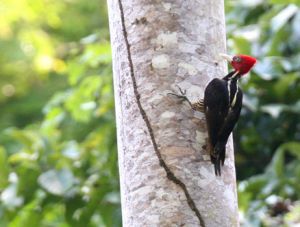
Dryocopus javensis
Dryocopus javensis,White-bellied woodpecker
White-bellied Black Woodpecker is a medium-sized bird of the Picidae family ···
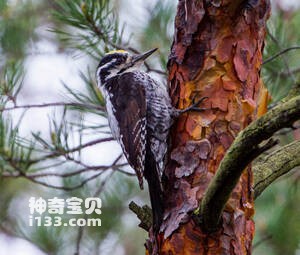
Picoides tridactylus
Picoides tridactylus,Eurasian three-toed woodpecker
The three-toed woodpecker is called Eurasian Three-toed Woodpecker in Englis···
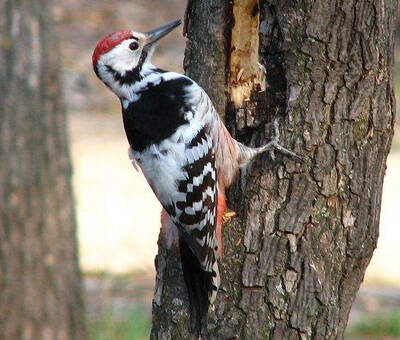
Dendrocopos leucopterus
Dendrocopos leucopterus,White-winged Woodpecker
White-winged Woodpecker is a small bird with no subspecies.White-winged Wood···
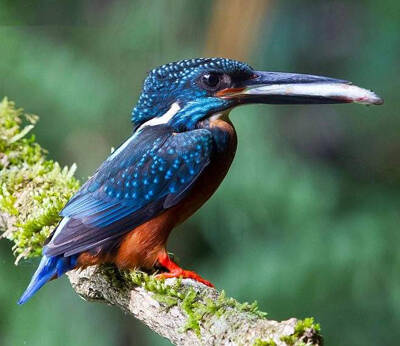
Alcedo hercules
Alcedo hercules,Blyth's Kingfisher
Blyth's Kingfisher is a resident bird. It is timid and often acts alone.···
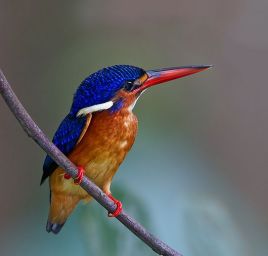
Alcedo meninting
Fish tiger, water dog, fish dog,Alcedo meninting,Blue-eared Kingfisher
Blue-eared Kingfisher is a small bird with 6 subspecies. There is only the Y···
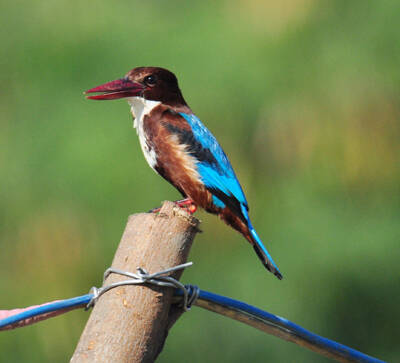
Halcyon smyrnensis
White-breasted fish dog,Halcyon smyrnensis, White-throated kingfisher
White-throated Kingfisher is a medium-sized bird with 4 subspecies.White-thr···
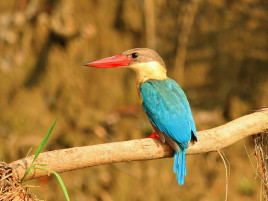
Pelargopsis capensis
Fish-catching man, stork-billed kingfisher,Pelargopsis capensis,Stork-billed Kingfisher
Stork-billed Kingfisher is a medium-sized bird with 13 subspecies.The simila···
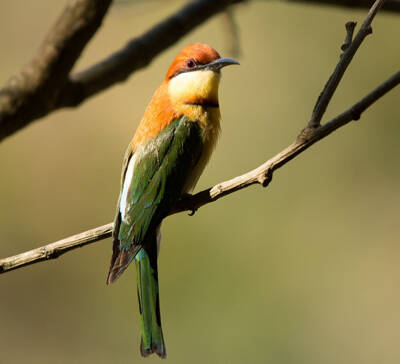
Merops leschenaulti
Black-breasted Bee-eater,Merops leschenaulti,Chestnut-headed Bee-eater
Chestnut-headed Bee-eater, also known as Chestnut-headed Bee-eater, has 3 su···
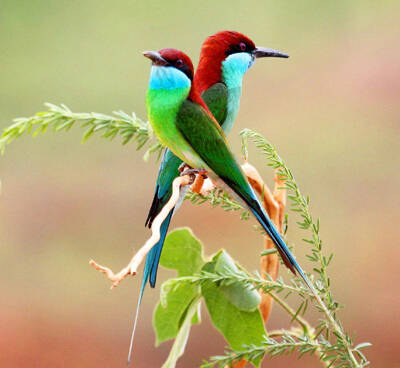
Merops viridis
Red-headed hummingbird,Merops viridis,Blue-throated bee-eater
Blue-throated bee-eater, also known as Blue-throated bee-eater, has 2 subspe···
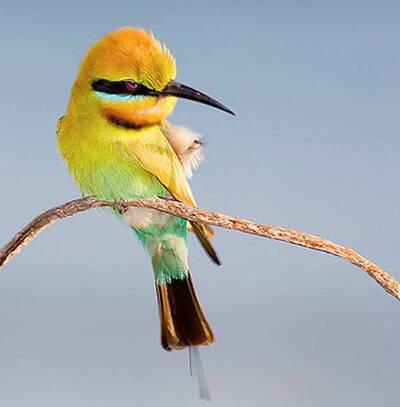
Merops ornatus
Rainbow Bee-eater,Merops ornatus,Rainbow Bee-eater
Rainbow Bee-eater, also known as Rainbow Bee-eater, is a medium-sized green ···
